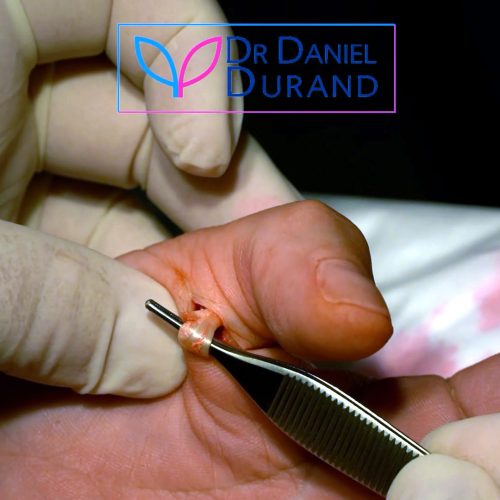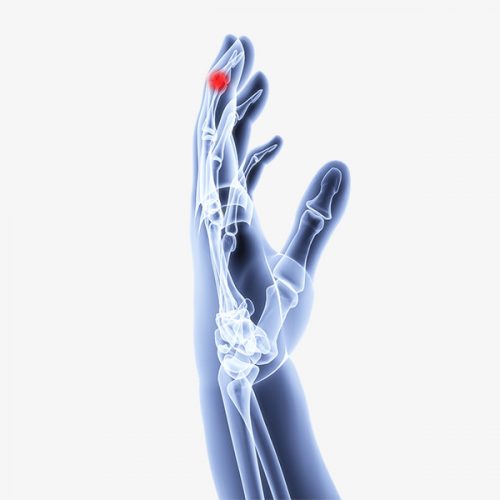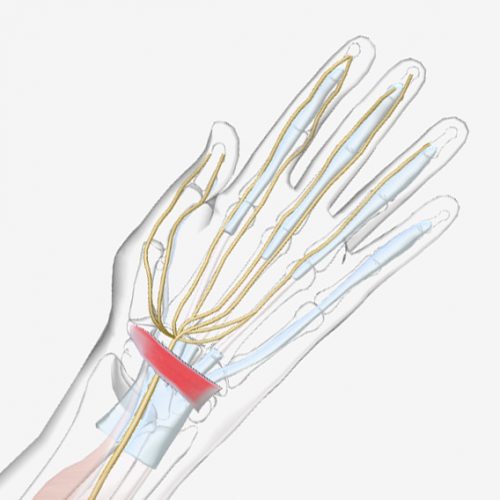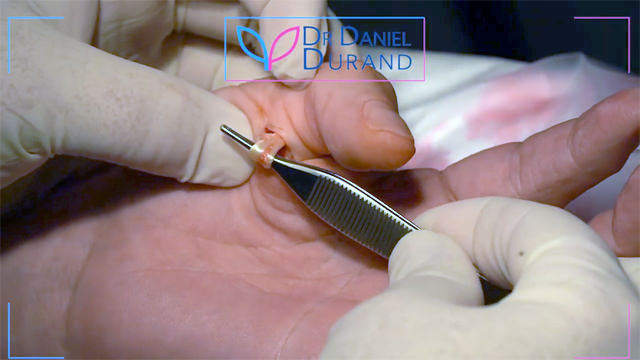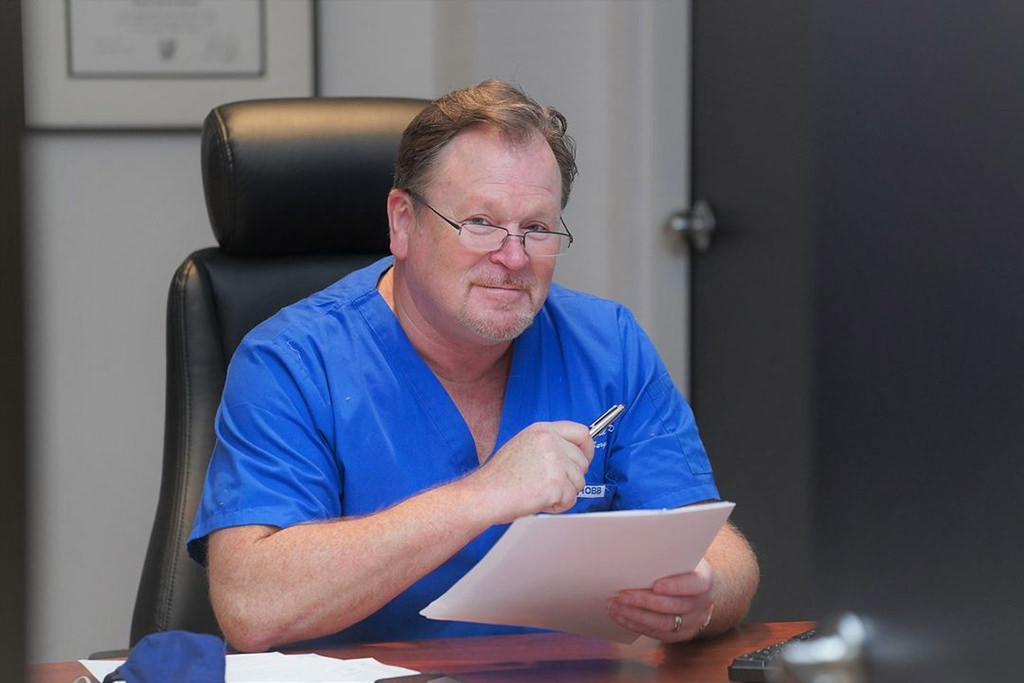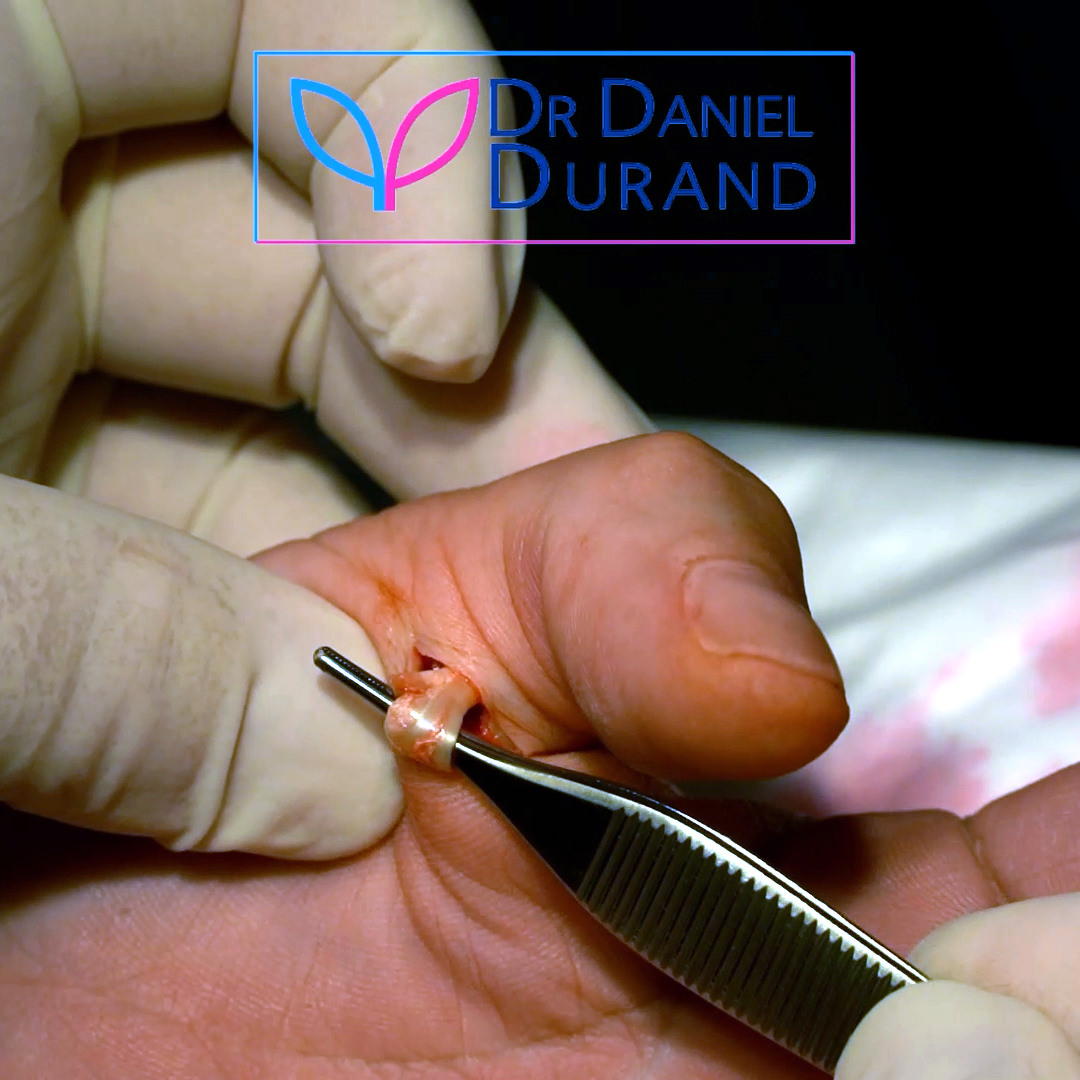








and tendon injuries
Ligaments, tendons and nerves surgery
If you have symptoms of Mallet finger, muscle, ligament and tendon injuries, Dr. Durand offers effective treatments to release your condition.
PROCEDURE
For severe injuries, prompt surgical intervention can help in the repair and reconstruction of the damaged ligaments. Post-surgery care is very important to ensure the best outcome. Priority should be placed on patient’s comfort, along with rehabilitative hand therapy to maximize functional recovery.
A hand specialist like Dr. Daniel Durand who sees the patient on a daily basis, can accurately determine the cause of local pain and suggest effective treatment to your individual condition.
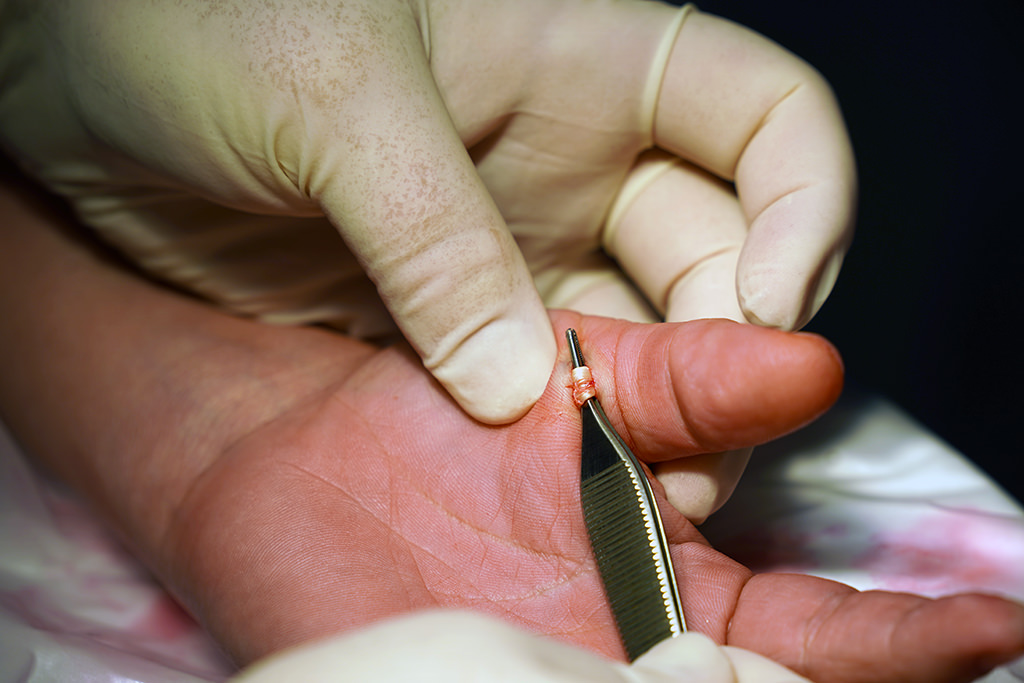
Conditions treated:
HOW IS IT DONE
Generally, during tendon, ligament or nerve repair Dr. Durand will:
- Make one or more small incisions (cuts) in the skin over the damaged tendon, nerve or ligament
- Sew the torn ends of the tendon together
- Check the surrounding tissue to make sure no other injuries have occurred, such as injury to the blood vessels or nerves
- Close the incision
- Cover the area with sterile bandages or dressings
- Immobilize or splint the joint so as to allow the tendon to heal
If there isn’t enough healthy tendon or nerve to reconnect, Dr. Durand may perform a tendon graft using a piece of tendon from another part of the body. It may be from the foot or toe, for example. On occasion, a tendon transfer (moving a tendon from one area to another) may be useful in restoring function.
IF YOU ARE CONSIDERING TREATMENT FOR LEGAMENT OR TENDON INJURY, DR. DANIEL DURAND WILL GUIDE YOU, FROM CONSULTATION TO RECOVERY, TO THE BEST LEGAMENT AND TENDON REPAIR PROCEDURES FOR YOUR INDIVIDUAL NEEDS.
POTENTIAL RISKS AND COMPLICATIONS
Risks associated with tendon repair include:
- Scar tissue, which may form and prevent the joints from moving smoothly
- Some loss of joint use
- Stiffness of the joint
- Re-tearing of the tendon
Risks for anesthesia include reaction to medication such as difficulty breathing, rash, or itching. Risks for surgery in general include bleeding and infection.
RESULTS
As a general rule, the sooner tendon repair surgery is done after the injury, the easier the surgery is and the easier the recovery. Recovery times can range from a few short weeks up to 12 weeks for severe tendon or ligament damage.
In some cases, long-term complications may develop. Stiffness may be long-lasting. Some tendon injuries, such as injuries to the flexor tendon in the arm, can be very difficult to repair.
Before surgery, discuss potential outcomes with Dr. Durand so that you have a realistic view of your individual outlook.
CONTACT US ONLINE TODAY TO LEARN MORE ABOUT LEGAMENT AND TENDON REPAIR PROCEDURES.
DR. DANIEL DURAND HELPS MEN AND WOMEN FROM MONTREAL AREA TO ENJOY A PAIN-FREE LIFE AGAIN THROUGH THESE PROCEDURES.

